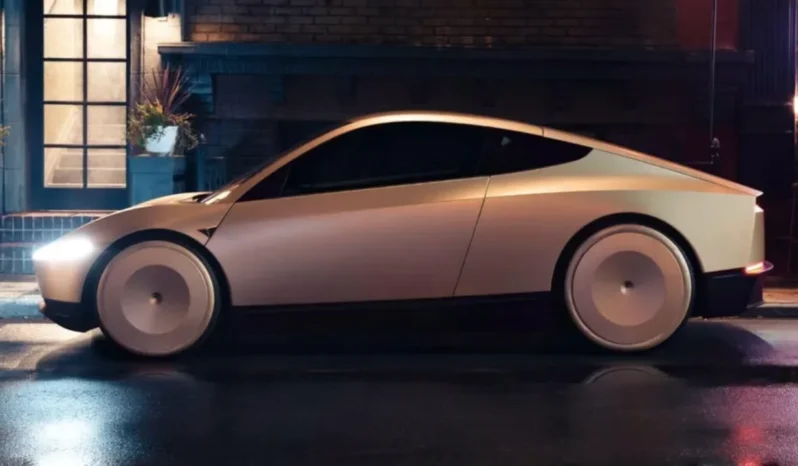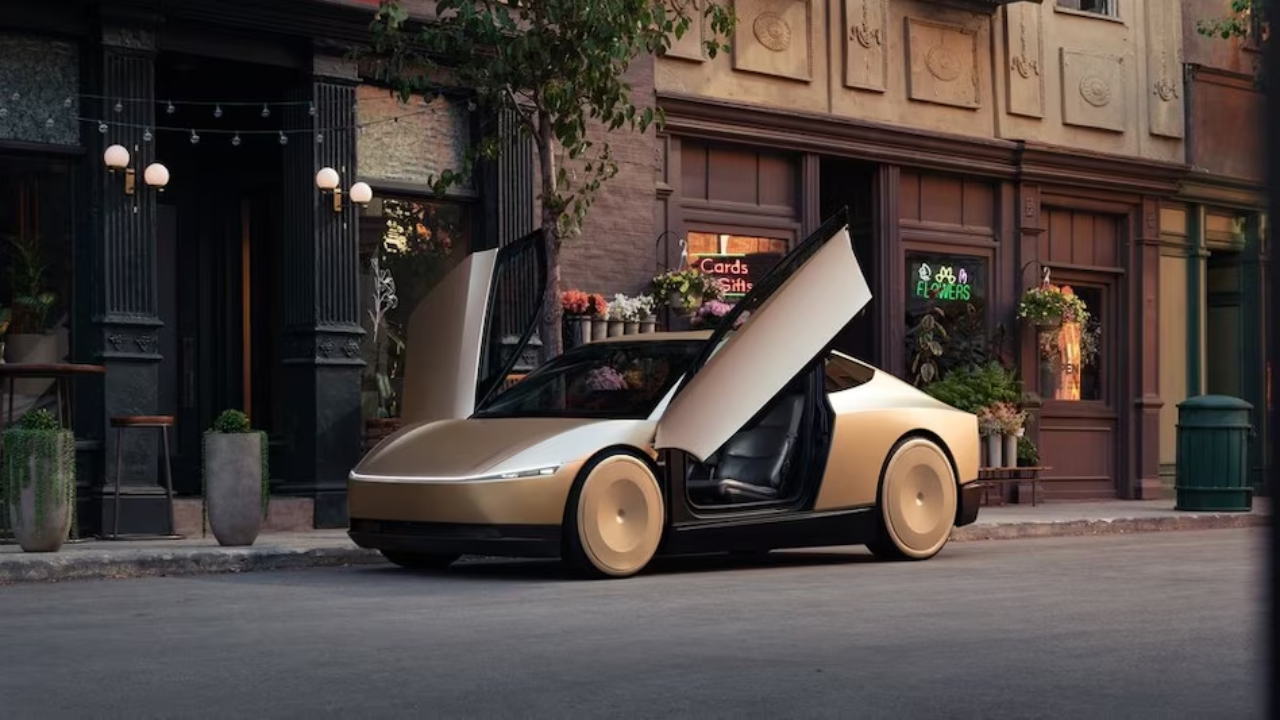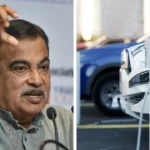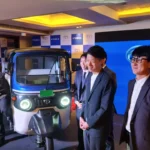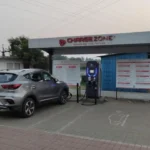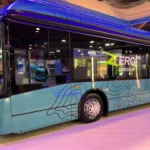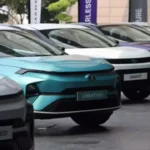Cybercab robotaxi unveiled by Elon Musk in his “We, Robot” event on October 10, 2024, which took place at Warner Bros. Studio in Los Angeles. It’s the first fully autonomous robotaxi with no steering wheel or pedals, just a bold step toward redefining urban transport. Also causing waves with mixed reactions across the industry amidst controversy and debate surrounding the issues of autonomous mobility.
Cybercab Built for Tomorrow
Starting at under $30,000, Cybercab is set to roll off the production line in 2026. Fairly spacious cabins and “butterfly” doors at the expense of good old-fashioned driving instincts. This thing was built from day one with autonomy in mind so that you won’t find classic controls. Instead, Tesla’s Full Self-Driving (FSD) will do all the heavy lifting. “It will be cheaper than mass transit.” because an operational cost of $0.20 per mile had been projected. This is potentially a more financially competitive alternative to traditional public transport when commuting into a city.
A New Transportation Era
Speaking at the launch, Musk decreed his intent, saying: “We’ve made a future, future world.” Tesla took head-on its pride in AI and driverless technology, touting that 50 Cybercabs were already fully operational as driverless vehicles. As part of market preparation for the Cybercab, Tesla will roll out unsupervised FSD capability in existing models next year in Texas and California. These will be significant “proof of concept” safety milestones that hope to prove the technology for Tesla’s autonomous driving technology.
Cautious But Hopefull Industry Reactions
Although the launch has generated much buzz, industry observers have needed to be more effusive in their response.
Analyst at TD Cowen, Jeff Osborne, seems optimistic but realistic in his comments regarding the more general adoption timeline of robots in taxis. “Musk has been saying for more than five years that a fleet of robotaxis is near,” Osborne said, noting that “previous predictions regarding use of autonomous driving proved too optimistic.”
That cautious response also highlights some of the difficulties that Tesla will have in meeting the lofty promises Elon Musk made while at the same time navigating U.S. regulatory frameworks and public safety attitudes.
Regulations and Technological Hurdles for Cybercab
Challenges to making it on the road to commercialisation. Autonomous vehicles in the automobile segment have to jump several regulatory and technical hurdles before they can hit mass markets. For Tesla, the most significant hurdle to be overcome will be the regulatory sanction for the company’s unsupervised version of FSD. The United States is a collection of jurisdictions that are distinct and differ accordingly. Some are pretty strict with the safety standards, while others are lenient.
The technical capabilities of Tesla’s AI and FSD are truly impressive, but this transition to unsupervised autonomy brings new safety concerns in. Protecting passengers and pedestrians continues to be a top priority. Any mistake might send autonomous driving adoption back to square one.
ELCTRIK Speaks
The Cybercab is a significant leap for Tesla and the autonomous vehicle industry as a whole. Its forward-thinking design, affordable pricing, and ambitious timeline all make it potentially disruptive. However, there might be many roadblocks on the way to a world dominated by robotaxis. Success with Tesla’s current unsupervised FSD technology will be the key to its commercial prospects.

